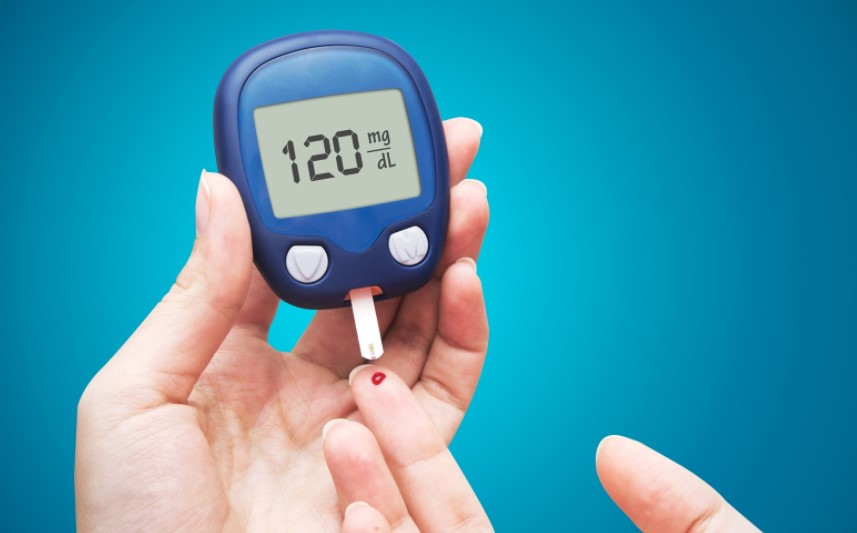For years, type 2 diabetes was considered an adult-only disease. This disease was once known as adult-onset diabetes. But what was once common in adults now is becoming more common in children. Type 2 diabetes is a chronic disease that affects how the body metabolizes glucose, also known as sugar.
In children, without treatment, this disease causes sugar to build up in the blood, which may lead to serious long-term conditions. According to a pediatric endocrinologist, there are a lot of things you can do to prevent or manage type 2 diabetes in children. Encouraging your child to eat healthy foods, maintain a healthy weight, etc. may help to prevent this chronic disease in children.
What are the Symptoms of Type 2 Diabetes in Children?
In children, symptoms of type 2 diabetes are not easy to diagnose. In almost all cases, this disease develops slowly and makes the symptoms hard to detect. Therefore, children may not show any symptoms associated with type 2 diabetes.
You need to keep an eye on these six symptoms if you believe your child is experiencing or may experience type 2 diabetes.
Frequent Urination
Excessive blood sugar levels may lead to excessive sugar going through the urine followed by water. This may cause your child to run to the bathroom for frequent restroom breaks.
Darkened Skin
Insulin resistance in the body can cause dark skin, most commonly on the neck and in the armpits. You may notice dark areas on the skin if your child has developed type 2 diabetes. Dark skin due to type 2 diabetes is known as acanthosis nigricans.
Excessive Fatigue
If your child remains extraordinarily sleepy or tired, changes in blood sugar levels can be affecting their energy levels.
Excessive Thirst
Excessive thirst is a common symptom of type 2 diabetes. When a child experiences diabetes, excessive glucose builds up in the blood; therefore, a child may experience excessive thirst.
Slow Healing Sores
Children with type 2 diabetes may develop poor circulation. Due to slow circulation, blood also moves slowly, which makes it difficult for the body to deliver nutrients to wounds. Injuries do not heal at all or heal slowly due because the body delivers a low amount of nutrients to the body. Therefore, infections or sores that are resistant to healing may be a sign of type 2 diabetes.
Increased Hunger
Children with type 2 diabetes do not have insulin to provide fuel for their body cells. Different foods become the best source of energy; therefore, children may experience hunger frequently. Increased hunger due to type 2 diabetes is also known as hyperphagia or polyphagia.
Blurred Vision
If your child experiences too high blood sugar, then fluids may come from the lenses of your child’s eyes. Your child may also not be able to focus clearly.
Weight Loss
Fat stores and muscle tissues simply shrink without the energy that sugar supplies. However, weight loss is not a common symptom.
What are the Causes of Type 2 Diabetes in Children?
It is unknown what exactly causes type 2 diabetes. However, genetics and family history can play an important role. Excess fat, especially around the belly and inactivity also seem to be important factors.
It is clear that people with this disease do not process glucose properly, and as a result, sugar builds up in the blood instead of doing its usual job.
A child or adult can develop type 2 diabetes when the pancreas stops making enough insulin or the body becomes resistant to insulin. The sugar build-up in the blood may result as symptoms of high blood sugar.
What are the Risk Factors Associated with Type 2 Diabetes?
Researchers don’t fully understand why a child develops this disease and another does not. However, it is clear that some factors can increase the risks:
- Sex and age: adolescent girls are more prone to this disease than boys and most children develop type 2 diabetes in their early teens.
- Weight: obesity is a great factor for type 2 diabetes in children. The more fat, especially around the belly, means that their bodies become resistant to insulin.
- Preterm Birth: babies born before 39 to 42 weeks’ gestation-have a greater risk of developing this disease.
- Family history: children have chances of developing type 2 diabetes if their parents or siblings are experiencing this chronic disease.
- Inactivity: if your child has limited activities, it means that he/she is at great risk of developing type diabetes. Physical activities help your child to use glucose as energy and make his/her cells more responsive to insulin.
How to Prevent Type 2 Diabetes in Children?
In children, a healthy lifestyle can play an important role to prevent type 2 diabetes. If your child is already experiencing this disease, then changes in lifestyle may reduce the risks of complications.
Encourage your children to eat healthy foods and get more physical activities.
Conclusion
Type 2 diabetes is a chronic disease; therefore, it is essential to take precautionary measures to prevent this disease. Some factors such as genetics or family history can’t be changed but an active lifestyle and healthy foods can be effective to prevent this chronic disease.

